原文始发于微信公众号(北京城市实验室BCL):专著推送 | 中国收缩城市:城市化的另一面(Springer英文)
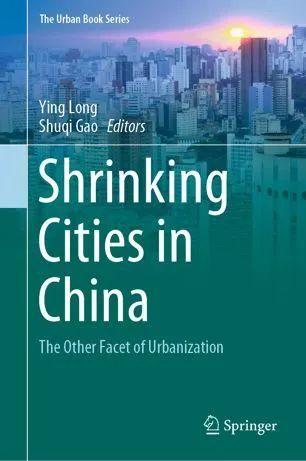
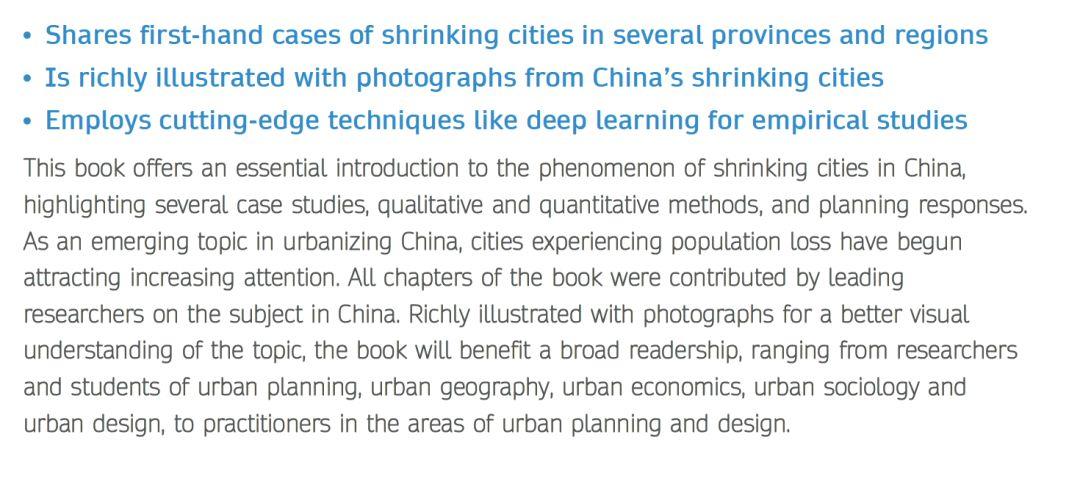
The Overall Picture of Shrinking Cities in China
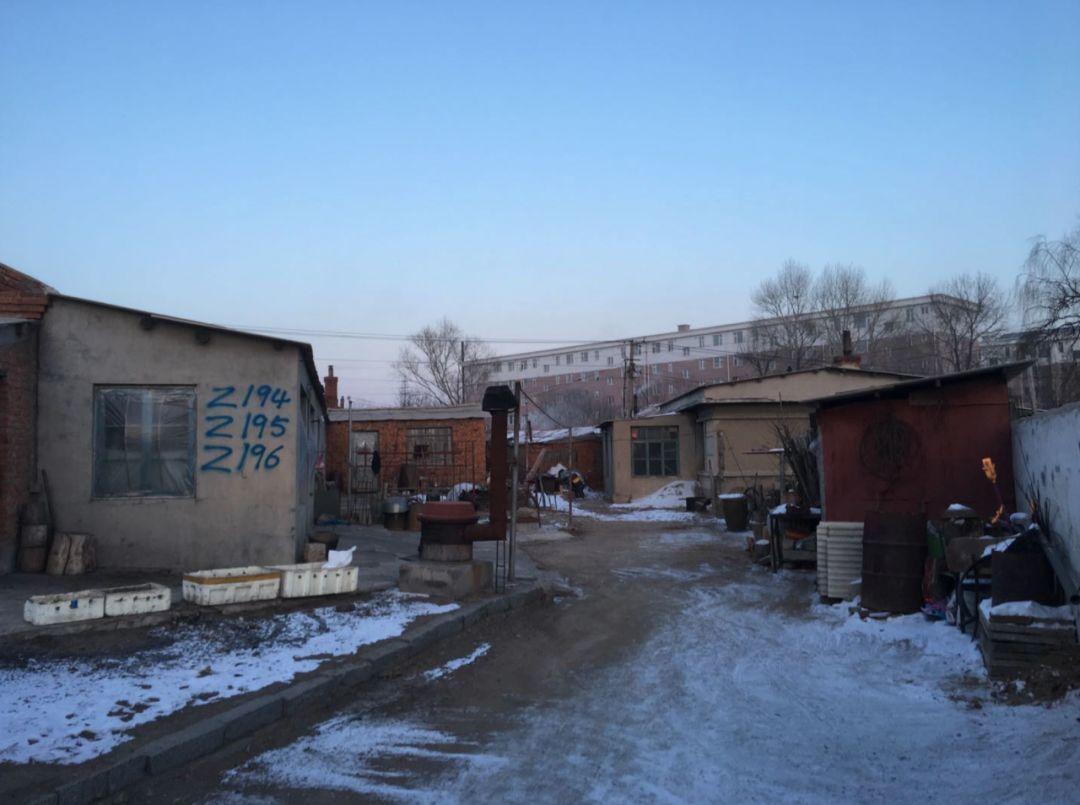 Chapter 1
Chapter 1
Shrinking Cities in China: The OverallProfile and Paradox in Planning
Manifested by population loss, shrinking cities are currently under heateddiscussion in the developed countries. The emerging shrinking cities in develop-ing world, however, have not attracted enough attention. This paper focuses on theshrinking cities in China, where has been witnessed fast economic growth, rapidurban expansion, and massive urbanization in the last decades. By collecting andanalyzing township-level demographic data of the Census in 2000 and 2010, weidentified 180 shrinking cities. We then classified them into two sets of categoriesbased on their causalities and spatial patterns of depopulation, respectively. Despitetheir great quantity, shrinking cities are largely disregarded by China’s planners andlocal authorities during the plan-making process. We conceptualized the causalitiesof the disregard into the systematic paradox and technological paradox, both of whichare the effects of a combination of China’s specific planning system, land marketiza-tion, cadre promotion system, and the national urbanization policy. We then furtherconceptualize the overwhelming growth-oriented paradigm into a vicious cycle thatcontinuously exacerbates oversupply of the built environment in shrinking cities.This paper ends with a discussion of appealing for more attention on shrinking citiesin China and a paradigm shift from the growth-oriented planning, as well as thefuture research agenda for shrinking cities’ research in China.
Looking into Shrinking Cities from Regional Perspective
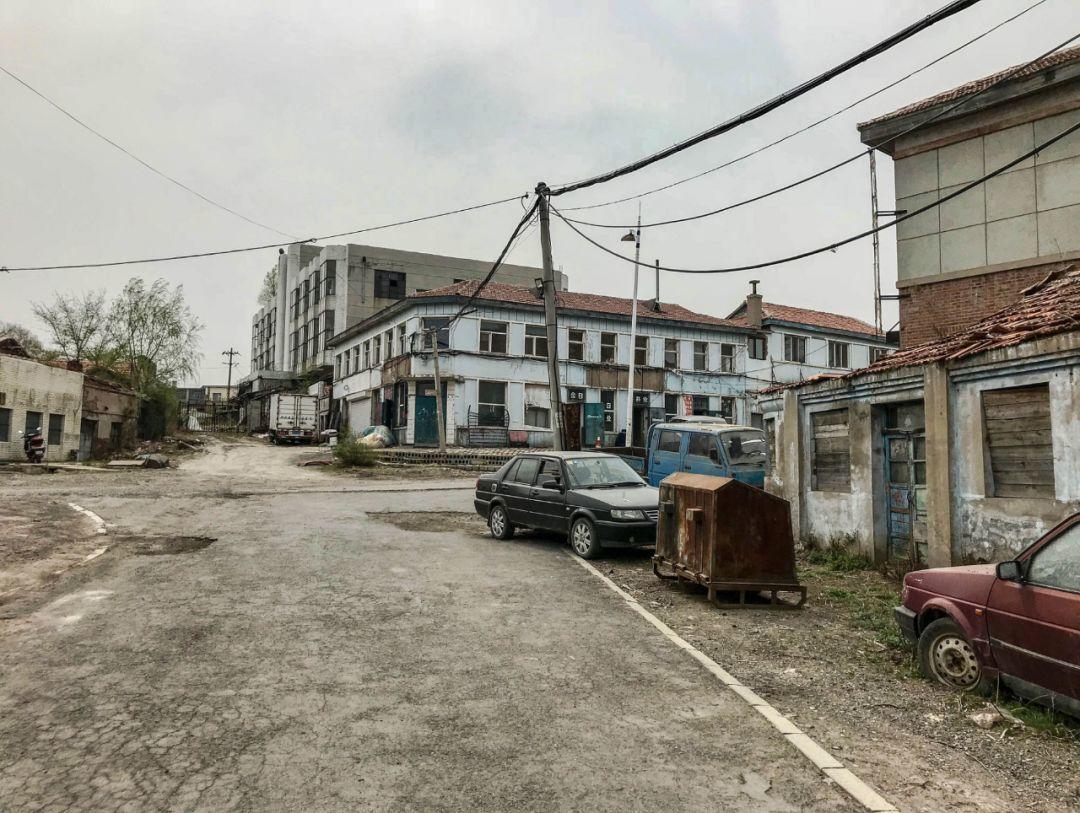 Chapter 2
Chapter 2
A Multi-scaled Analysis of the ShrinkingPopulation in a Region with Out-Migration: A Case Study of Hunan Province
Using the international “shrinking city” theoretical framework andChina’s Fifth and Sixth National Census data, this study conducted quantitativeanalyses regarding the shrinking population phenomenon at multiple geographicalscales, from provincial to township, in Hunan Province in central China. From the sta-tistically based analysis, three main types of shrinkage were identified at the countyscale: “A hollowed-out labor force,” wherein the population shrinks and the economydevelops slowly in low-level urbanizing areas because of labor output;” Populationtake-over,” wherein population outflow and the economy develop slowly in urban-izing areas affected by central cities nearby that develop rapidly; and “ Resourcedegradation,” wherein the economy declines in highly urbanized areas with a shrink-ing population. Furthermore, one case study was conducted to further reveal thedetails of the shrinking mechanism as well as the relevant policy responses.

 Chapter 3
Chapter 3
Urban Shrinkage in the Beijing-Tianjin-Hebei Regionand Yangtze River Delta: Pattern,Trajectory and Factors
This paper investigates the shrinkage patterns and related influencingfactors in the Beijing-Tianjin-Hebei Region (BTH) and the Yangtze River Delta(YRD) using data from the 5th and 6th national censuses. The permanent resi-dent population, registered population and working population are used to measurethe urban shrinkage. The results show the following: (1) nearly twenty percent ofcities/countries/districts of BTH and half of YRD present a local shrinkage phe-nomenon, which is still growing. (2) The shrinkage areas in BTH are primarilymainly located north of Hebei in Zhangjiakou and Chengde, and it has spread tothe south central plain of Hebei, while the shrinkage in the YRD presents a spatialagglomeration pattern distributed in Northern Jiangsu, southwestern Zhejiang andmost of Anhui province, except Hefei and Wuhu. (3) The shrinkage trajectories in themegacity regions can be classified into five forms: less-developed peripheral shrink-ing, large city downtown shrinking, industrial and mineral city shrinking, adjustmentof administrative division and county/rural/town shrinking. (4) Outflow of popula-tion caused by unequal development of the regional economy, urbanization level andurban administrative system contributed to the shrinkage; some western shrinkageincluded suburbanization, deindustrialization or industrial transformation, whereasdemographic shifts only emerged in a small number of large cities’ downtowns andsome old industrial and mining cities (towns). (5) Urban shrinkage in China is morecomplex and should be considered a cumulative and self-reinforcing process, whichwarrants further investigation.

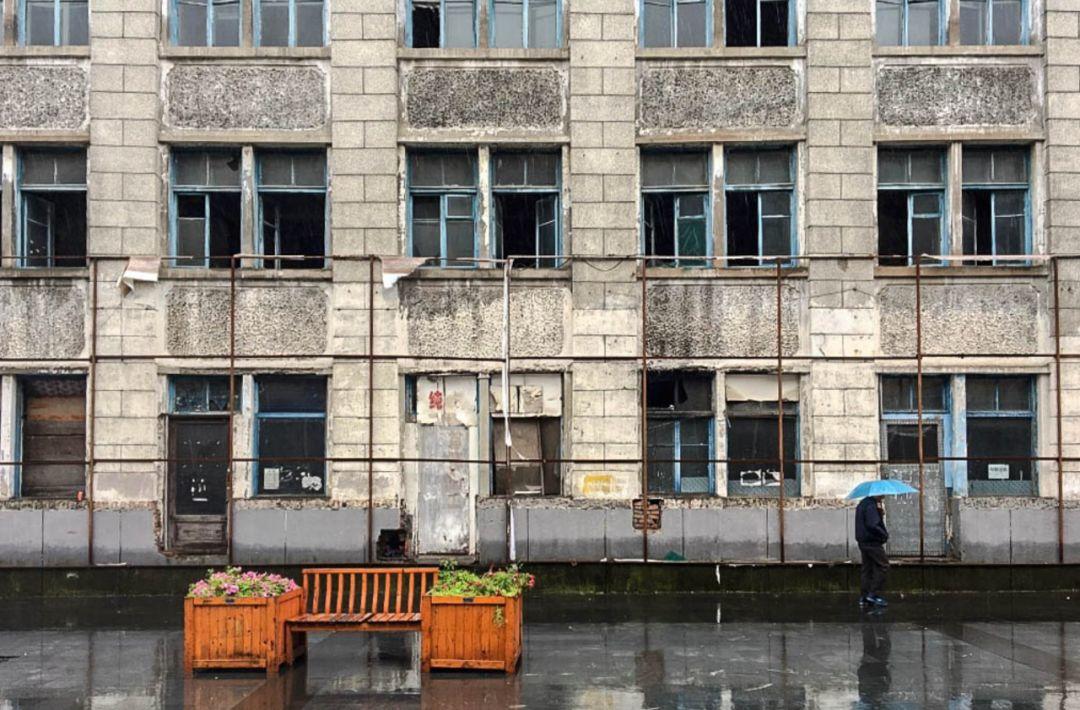
Chapter 4
Research on the Spatial Distributionand Influencing Factors of ShrinkingCities in Jilin Province
Based on a brief comment on the status quo of domestic and foreignshrinking cities research, this paper highlights the significance of analyzing urbanshrinkage in Jilin Province. By collecting and analyzing county-level demographicdata from the 2000 and 2010 censuses, we identified 26 shrinking cities in a total of48 administrative units in Jilin and summarized the development process and spatialdistribution characteristics of depopulation. Then, we classified the factors influenc-ing urban shrinkage from both external and internal perspectives and analyzed thecomprehensive mechanism in depth. This paper expects to provide a reference forfuture planning of shrinking cities in Jilin Province.

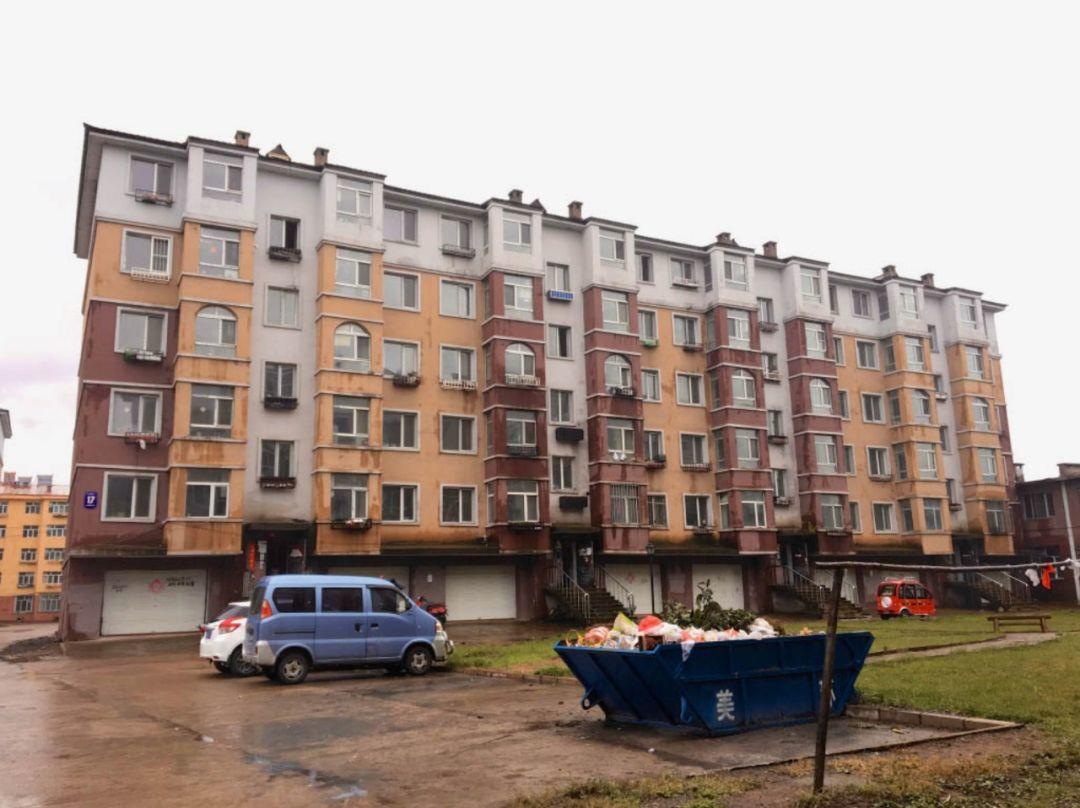
Chapter 5
Space-Time Analysis and FactorsAttribution of Urban Shrinkagein Northeast China
Northeast China has been involved in urban shrinkage, or a decline inthe economy and the population in recent years. This paper used population data toidentify shrinking cities, analyzed the space-time distribution of urban shrinkage inNortheast China, and then attempted to identify influencing factors. The space-timedistribution of the urban shrinkage was measured at the prefecture and district–countylevels using data from 2000, 2008, 2010, and 2016. During 2000–2010, nearly 1/3 ofprefecture-level units and 1/2 of district–county units experienced urban shrinkage.Moreover, during 2008–2016, the data increased to nearly 8/9 and 3/4. The phe-nomenon of urban shrinkage is becoming increasingly common in Northeast China.Several significant agglomeration areas have been formed in Daxinganling, Yichun-Heihe, Jiamusi, and Jixi-Qitaihe-Mudanjiang-Yanbian. On the whole, the shrink-ing areas are expanding. The phenomenon is obvious, particularly in HeilongjiangProvince. This paper uses quantitative and qualitative methods to identify influencingfactors from regional economic disparities, urbanization processes, industrial struc-ture changes, population structure changes, and administrative division adjustments.The results showed that the secondary and tertiary industrial structure changes andadministrative division adjustments had the strongest relevance to urban shrinkagein Northeast China and that this urban shrinkage was mainly influenced by the sec-ond industry atrophy caused by the “deindustrialization” of this time. At the sametime, the adjustment of regional divisions in Northeast China objectively led to sub-stantial changes in population statistics, which caused population shrinkage in someareas. Urban shrinkage is a process of objective development and an unavoidable anddiachronic issue in many cities. The process is complex, and the population changesand economic vitality, in particular, represent a mutual cause-and-effect phenomenonthat requires more in-depth research.

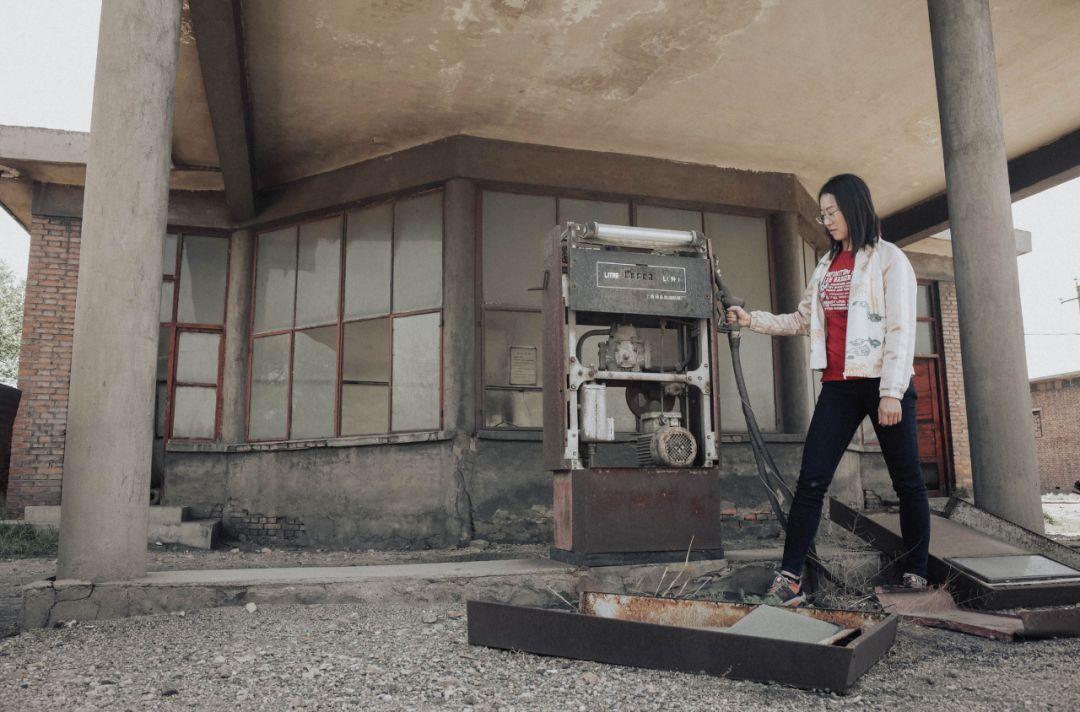
Chapter 6
Recognition, Analysis,and Corresponding Strategiesfor Shrinking Cities in Northeast China
Although most up-to-date studies of shrinking cities are mainly done inwestern countries, some reports have pointed out that there is quite a number ofshrinking cities in developing countries. This paper reviews the relevant research,distinguishes, and analyzes shrinking cities in northeast China, and chooses the Cityof Yichun as a case study. The paper finds that regional decay, marginality, andinstitutional change all affect city shrinking, and some more specific factors alsocontribute to the population shrinking in the City of Yichun. In contrast with shrinkingresource-based cities in northwest China, Yichun’s shrinkage has more complexcauses, including some unique phenomena such as “suppress the second industry anddevelop the first industry” and “counter urbanization.” Relevant planning measuresare proposed.
Case Study

Chapter 7
Shrinking Cities’ Depopulation Processand Spatial Pattern: A TransnationalComparison Between Yichun,Heilongjiang, China, and YoungstownMetropolitan Area, US
Although many urban scholars have reached a consensus that depopu-lation is the major benchmark by which to define shrinking cities, some scholarshave proposed distinct standards for this benchmark, which has caused confusionfor those seeking to conduct comparison studies. On the other hand, because of thedifferences in administrative division systems, cities in different nations have dis-tinct relationships between geographic boundaries and jurisdictional boundaries, aswell as varied relationships with their higher and lower level jurisdictions, whichmakes transnational comparison an arduous and problematic task in urban studies.This study aims to unveil the differences in depopulation processes and in the spatialpatterns of depopulation between shrinking cities in China and those in the US. Incontrast to the US, whose shrinking cities are well known to a broader audiencedue to American scholars’ predominance in the academic discussion of shrinkingcities, China’s shrinking cities are poorly studied. To enrich the current literatureon shrinking cities and provide foundations for a better understanding of Chineseshrinking cities, this study analyzes the historical depopulation processes and theirmanifestations at different spatial scales of two shrinking cities, one in China (theCity of Yichun, Heilongjiang) and the other in the US (Youngstown MetropolitanArea, Ohio). The study reveals differences between the two cases in both their generaldepopulation processes and their municipalities’ depopulation patterns. Comparedwith the Youngstown Metropolitan Area, the City of Yichun exhibits a much shorterboom and bust cycle. On the municipality level, the City of Yichun’s high popula-tion density municipalities still maintain population stability, while most low-densitymunicipalities have endured drastic population loss in the meantime. In contrast, afterthe whole region entered its depopulation era, most of Youngstown MetropolitanArea’s high population density municipalities lost population, while most of thoselow-density municipalities gained population.


Chapter 8
Analysis of the Variation in Quality of Street Space in Shrinking Cities Basedon Dynamic Street View PictureRecognition: A Case Study of Qiqihar
As the focus of urban planning in China changes from incremental plan-ning to stock-based planning, studies of shrinking cities become increasingly impor-tant. As the street is one of the basic elements of the study, changes in its spatialquality are essential to evaluating the changes in shrinking cities. This study usesstreet views from Tencent Maps to evaluate changes in the quality of street space indowntown Qiqihar from 2013 to 2015. The research reveals that the quality of streetspace in Qiqihar is improving, while the rapid change in first-floor shops suggests adeclining economy. Based on this finding, the “Population-economy-space declinelagging phenomenon” is proposed to illustrate the change mode of population, econ-omy, and spatial quality during the shrinking process of the city.

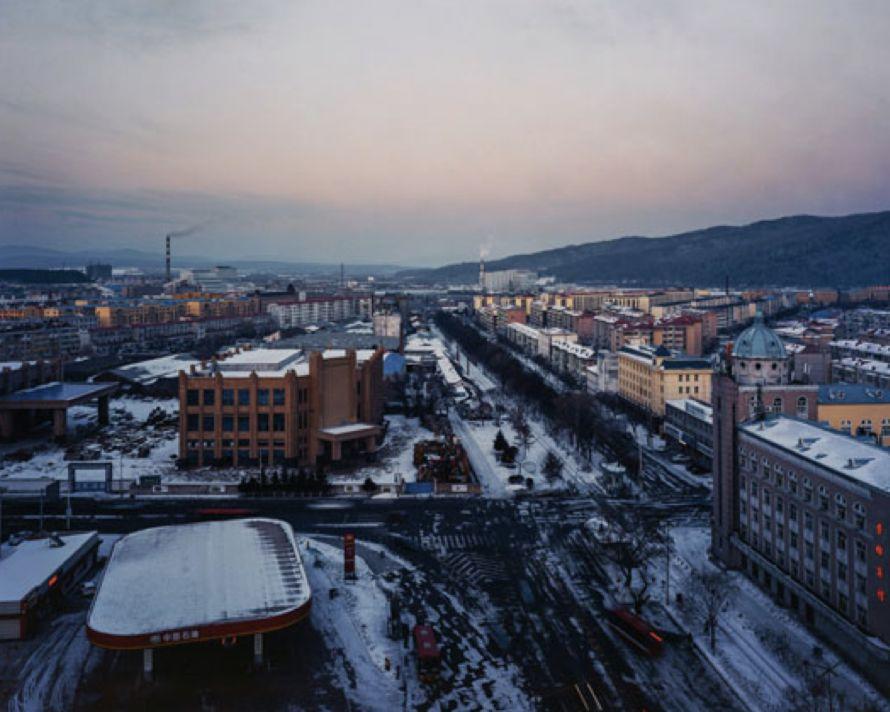
Chapter 9
Measuring Growth and Shrinkage
in a Rapidly Urbanized Area: The Caseof Dongguan
Urban shrinkage is a global phenomenon which has aroused widespreadconcern about modern urban shrinkage from researchers across the world. Due toChina’s rapid economic growth since the reform and opening-up, the Pearl RiverDelta (PRD) is now recognized as a typical area of rapid urbanization, and hascontinually attracted the attention of economic geographers and urban planners.However, after the 2008 global financial crisis, a new spatial phenomenon has beenoccurring in the PRD, synchronically involving general growth and partial shrinkagein the same city area. Based on the vacancy caused by the outflow of developmentfactors (i.e., capital and labor), this paper combines the two dimensions of economyand population to develop a judgment matrix to be used in measuring urban growthand shrinkage. Moreover, by identifying four patterns of urban growth and shrinkage(growing cities, transitional cities, population centers, and shrinking cities), we areable to determine the trajectory changes and spatial distribution of growing andshrinking townships in Dongguan City. Conclusions and avenues for future researchare also discussed.
Media Report
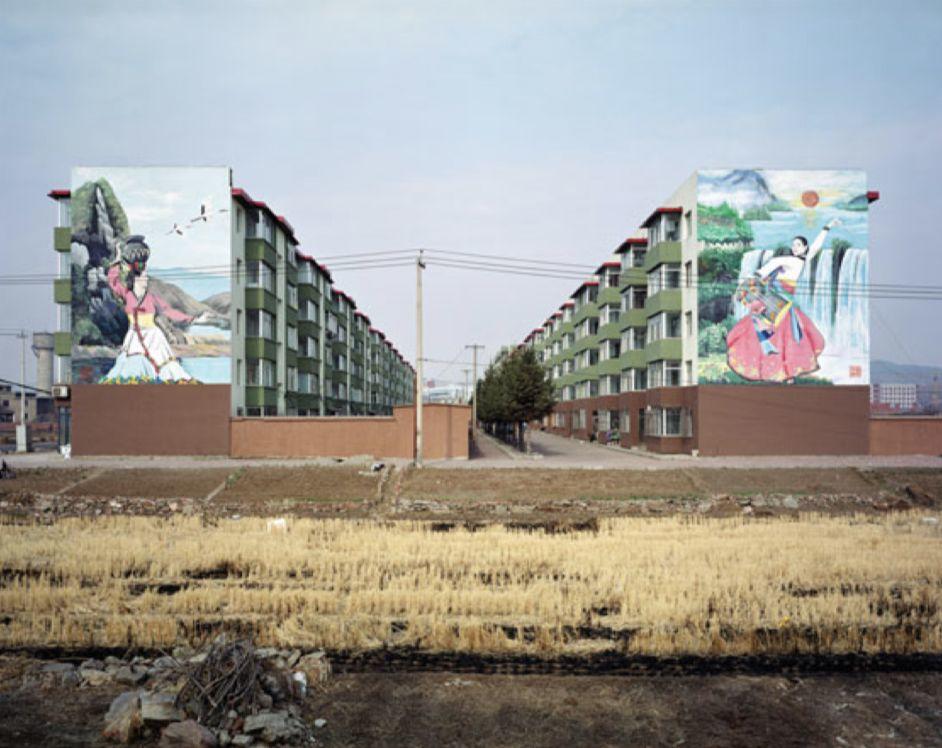 Chapter 10
Chapter 10
Freezing Land
My project Freezing Land is a series of photos made, on the road, across northeasternChina’s countryside that mixes landscape photography with environmental portraits.It is a story about the shrinking cities in northeastern China and their lonely youngpeople.






 Chapter 11
Chapter 11
Urban Shrinkage in China: A Lookat Three Northeast China Cities
11.1 Fulaerji: A Former Industrial Powerhouse Grindsto a Halt
11.2 Longjing: Exodus from a Chinese Border Town
11.3 Yichun: The Timber Town that Banned Logging


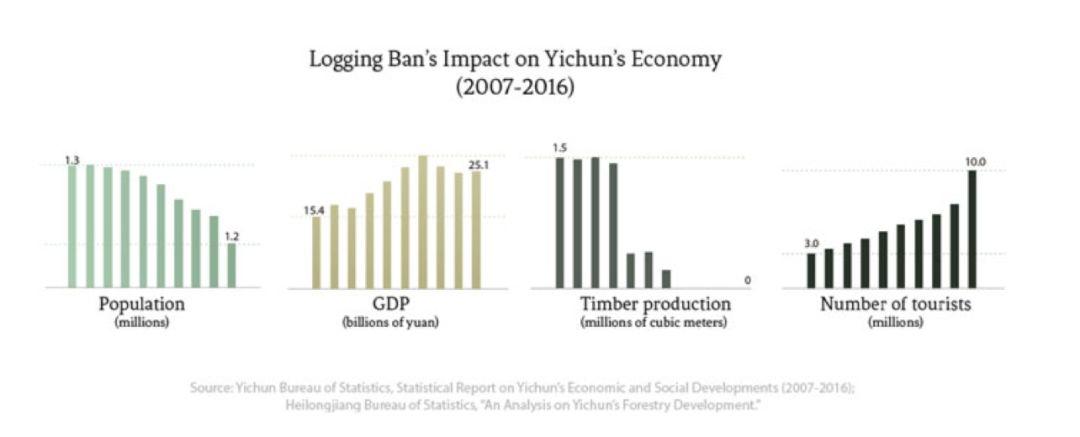
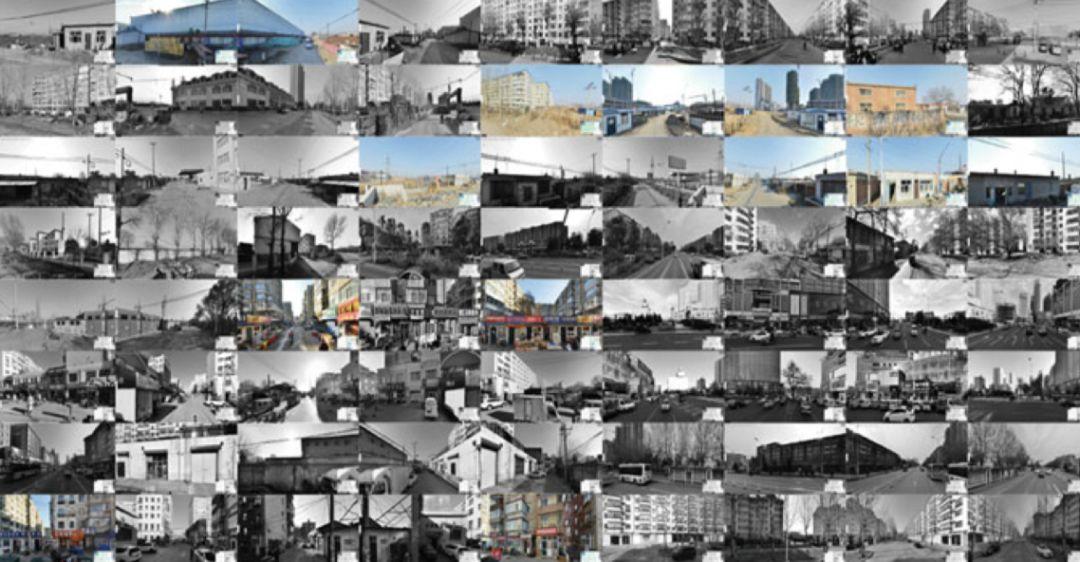
Chapter 12
While We Are Talking About UrbanExpansion and Economy Growth
of China, Have You Ever Noticed
the Phenomenon of Shrinking Cities?
Today I would like to share something about shrinking cities, literally the cities thatare depopulating. Besides my identity as an urban scholar, I am an outdoor enthusiast.As you know, there are three parallel rivers in China, Jinsha River, Lancang River,and Nu River, respectively. Once I took a 3-day trip to venture across the Biluo SnowMountain from Nu River to Lancang River, including spending two nights in tents.Before that time, Nu River has been reported as the only canyon without hydroelectricdevelopment in China. During the adventure, I passed by an area named as Zhiziluo,before arriving at the ultimate destination. It is nearly one kilometer beyond Nu RiverCanyon in height. You can imagine, it is one kilometer vertically but not horizontallythere. From my own perspective, Zhiziluo City seemed to be very weird for its beingabandoned.
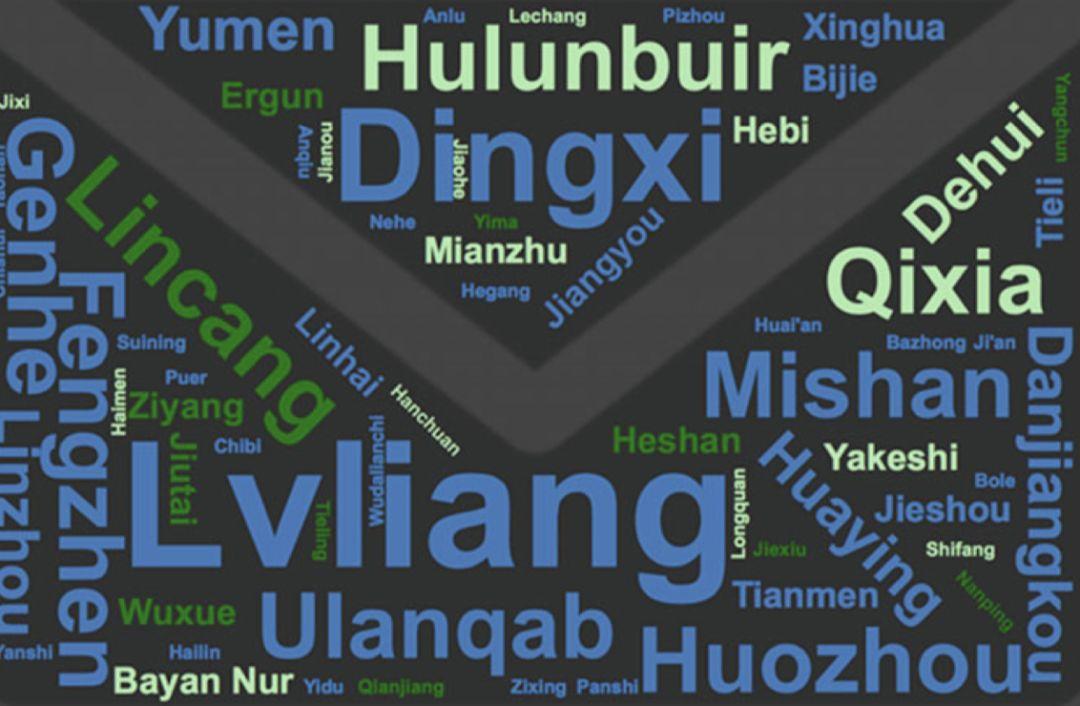
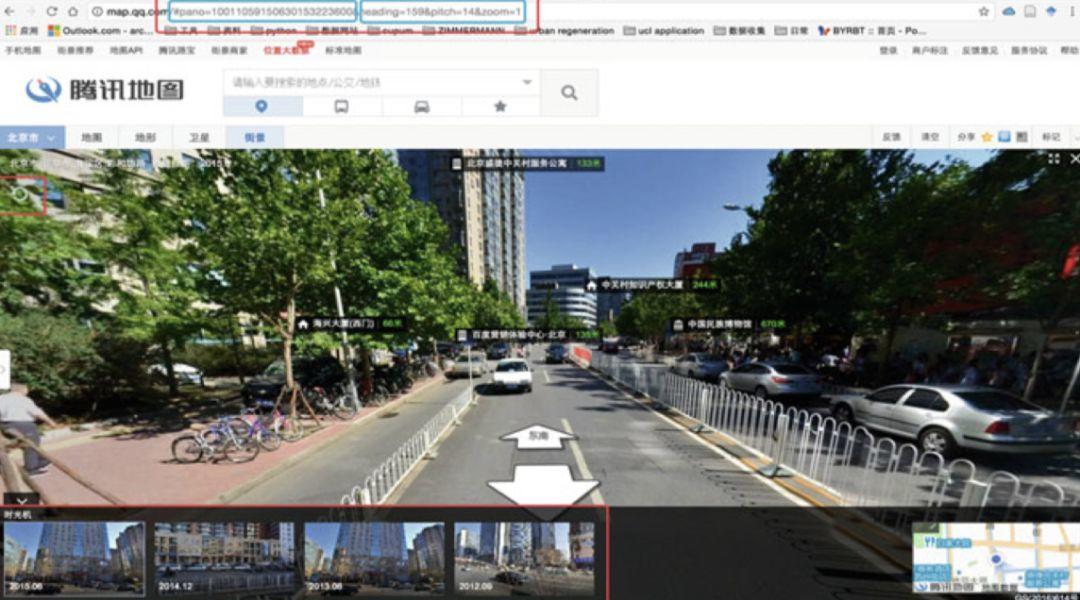

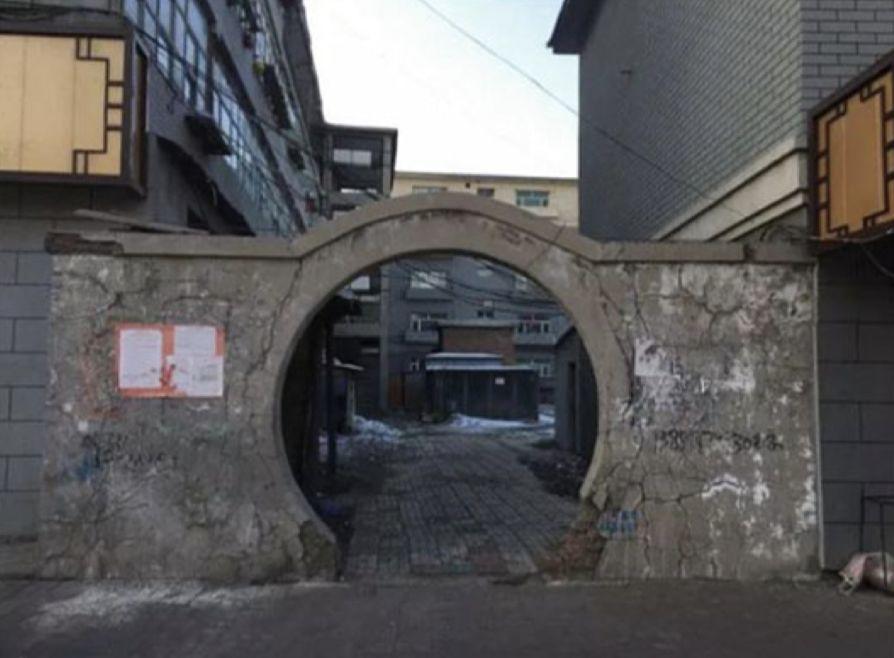
Chapter 13
Learning About Northeast China
from the Close-up View of Shiling Town
This dialogue, taking place on the summer vacation after the 1995 High schoolentrance examination between me and my childhood playmates, still did not fadein my mind although it has been more than two decades since then. It was in myhometown, Shiling Town in the Siping City of Jilin Province. The childhood timeI spent in the game halls, billiard halls, and video halls (commonly known as the“three halls” in Northeast China) in 1994 and 1995 often appeared in my mind yearslater.
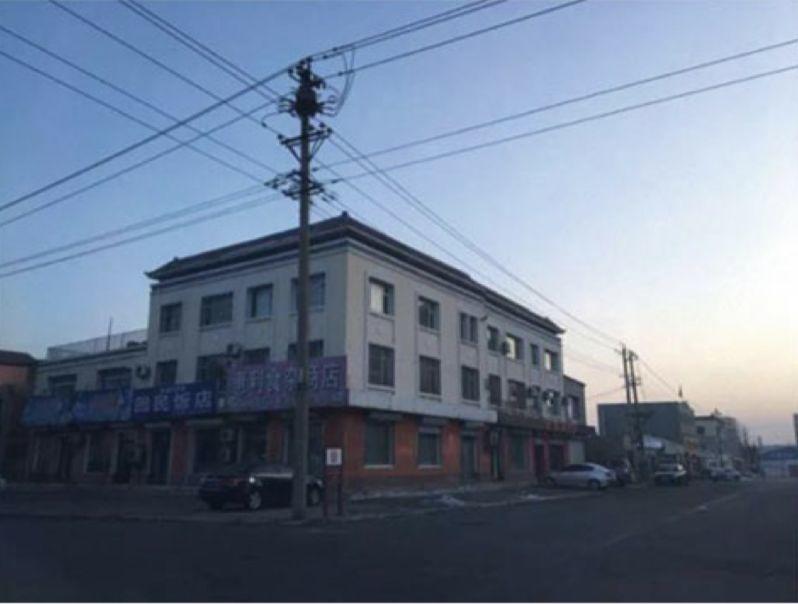

更多内容,请点击微信下方菜单即可查询。
请搜索微信号“Beijingcitylab”关注。

Email:BeijingCityLab@gmail.com
Emaillist: BCL@freelist.org
新浪微博:北京城市实验室BCL
微信号:beijingcitylab
网址: http://www.beijingcitylab.com
责任编辑:Fog
 规划问道
规划问道









